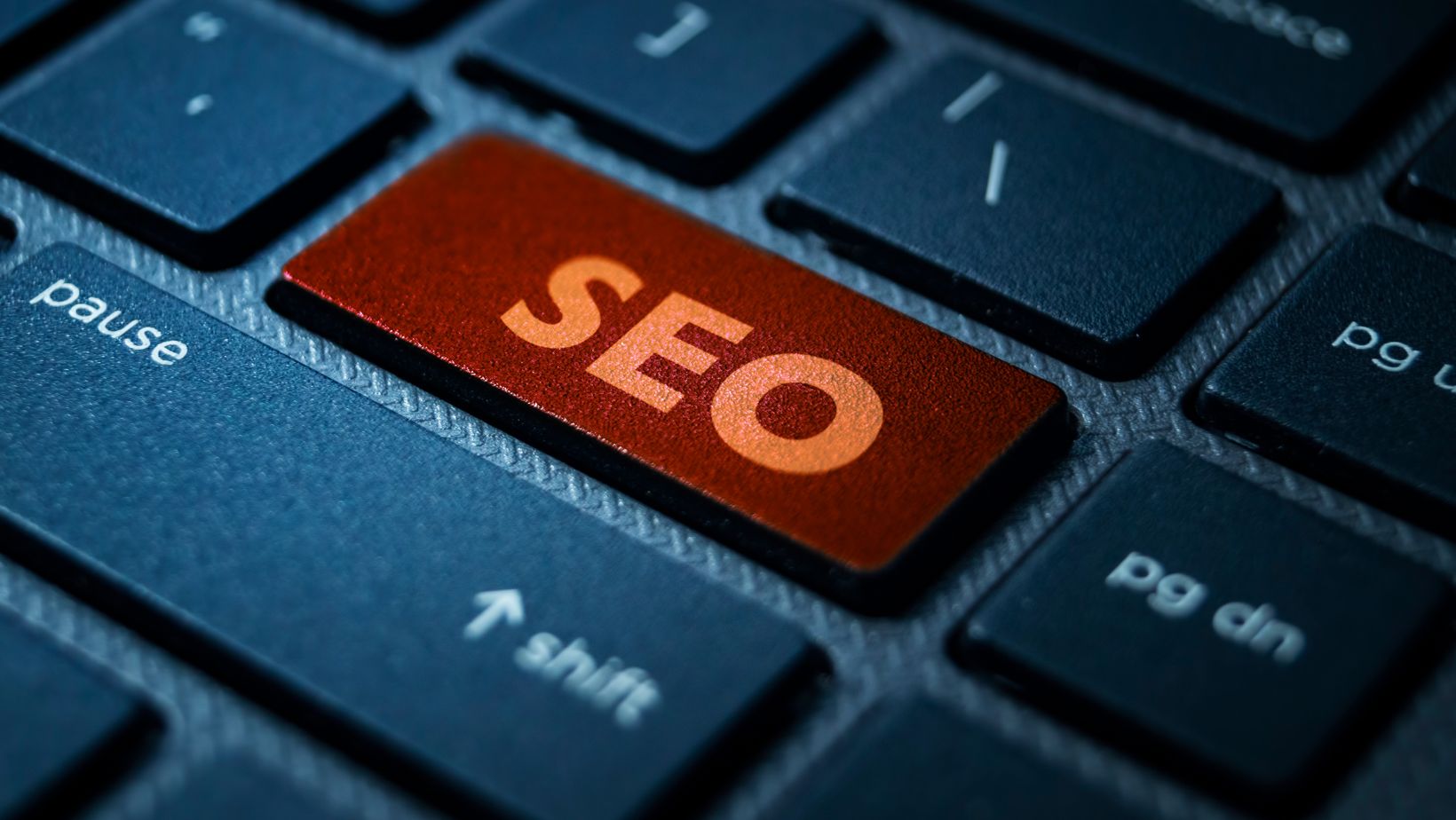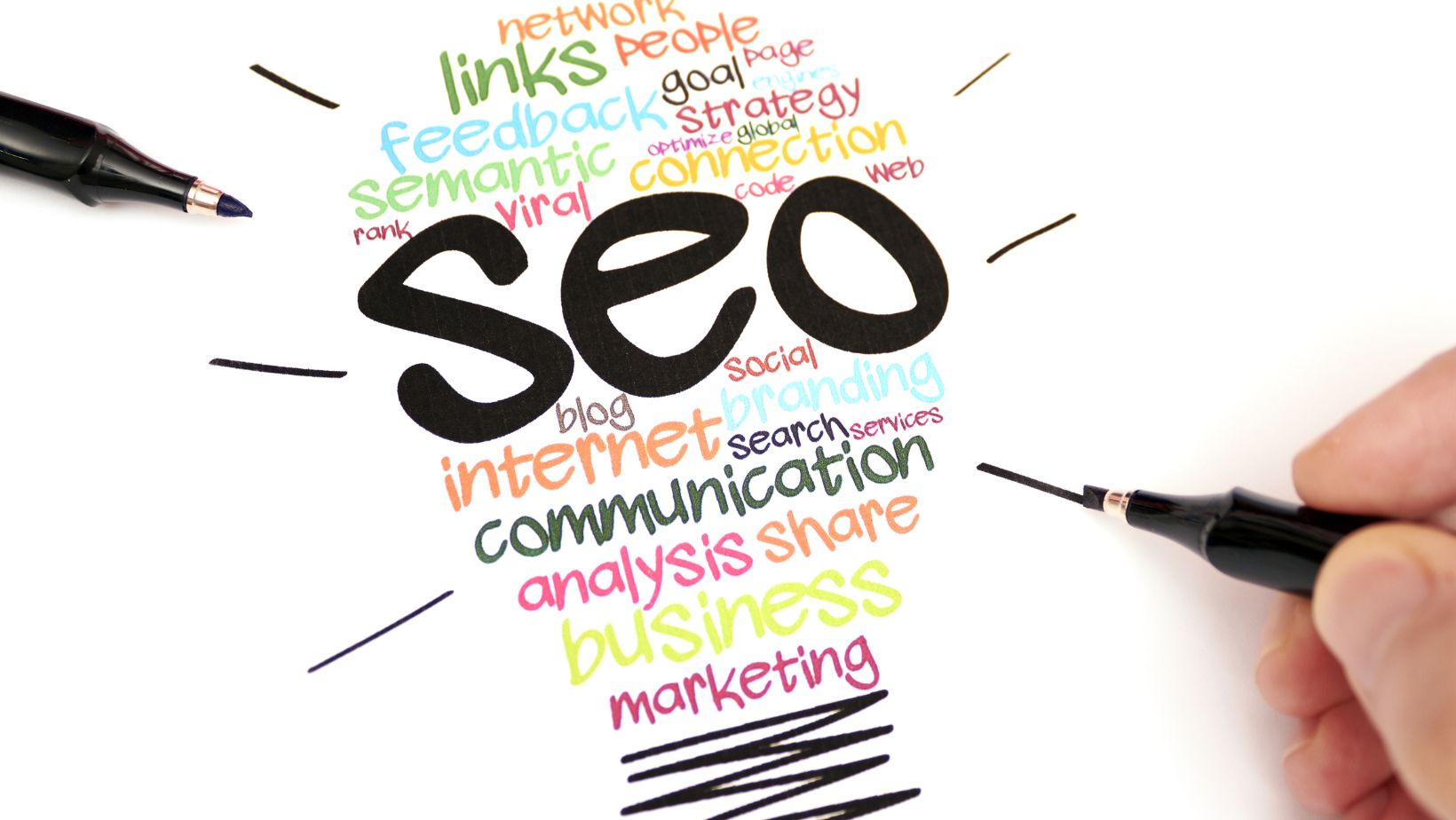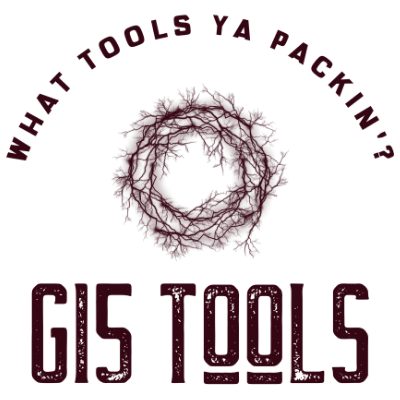SEO enhancements for landing pages to generate search engine placement is vital. However, SEO specifically landing page SEO typically occurs from a more traditional sense where, after going live for a few weeks or months, keyword research is performed and content is created, and written changes are made after the fact. Artificial Intelligence (AI) shifts this perception of how businesses can change and optimize SEO for landing pages because it offers automated, intelligent changes to content in the moment based on search engine statistics and trends.
With machine learning, predictive analytics, and natural language processing (NLP), for example, AI helps automatically order landing pages, sort metadata and keywords, and expedite engagement with audiences, setting companies up to be more attractive and more likely to rank organically in the future. AI-driven SEO solutions offer a dynamic, responsive solution that enhances positioning based on changing search engine needs or newly discovered audience behavior tendencies so that content remains relevant and effective.
AI-Powered Keyword Optimization for Landing Pages
Also, keyword selection and placement can be tricky, although it’s necessary for SEO. But AI can assist. AI can comb through the data to see what word or phrase will bring in the most traffic to one landing page. AI is not relying upon a stockpile of keywords that may go stale over time. Instead, it assesses searches, competitive responses, and most-asked questions to suggest adjustments to keywords over time, in real time.
For example, if after a year of your site being live, a certain long-tail keyword phrase continually ranks as one of the highest, AI will suggest you incorporate it into your page title, meta description, and even in the copy. AI understands semantic search too, meaning it can optimize for more than just the exact keyword. It knows related keywords, synonyms, and variations, allowing one page to rank for multiple searches. Therefore, AI landing pages attract so many more visitors and still read fluidly.
Real-Time Content Adjustments for Higher Rankings
SEO is an ever-changing beast, and many policies require regular content updates to adhere to. AI takes away that burden and does it for the user in the moment, and it helps SEO without human overhauls. For instance, if AI detects that a certain landing page has lots of bounce, it may suggest a new CTA, a more succinct canned response, or a different headline to engage readers to stay. If it detects SERPs favoring updated content, it may suggest transforming a section into an updated one so it is current.
AI software for SEO analyzes on-page SEO elements dwell time, readability, etc. and makes recommendations based on the actions of similar users, like what’s already being recommended. Thus, these almost foresight, proactive adjustments to content help guarantee better ranking and always maintain landing pages in a competitive fashion.
AI-Driven Meta Tags and Structured Data Optimization
Meta tags and schema allow search engines to understand content better for enhanced placement of landing pages. AI generates optimal meta descriptions, title tags, and schema markup to increase exposure and better CTR. For example, AI generates meta descriptions seamlessly based on current trends and current user inquiries, allowing search engines to render the best meta descriptions for a query in real time.
Additionally, AI allows for better schema as it provides search engines with more information about a page’s content for better rendering options such as rich snippets, FAQs, and featured snippets. AI is always adjusting meta tags, meta descriptions, and structured data to keep landing pages consistently optimized for SEO and engagement.
AI-Powered A/B Testing for SEO Performance
Where A/B testing is arduous, needing constant oversight and feedback, AI helps because it does A/B testing by itself, constantly and on an endless amount of variables on any given landing page, to see over time what works best for SEO. For instance, it can see how different types of headlines in different fonts, the placement of CTAs, and the frequency of keywords fare, and what, in the end, brings the most visitors and engagement.
Where A/B testing may take days and weeks to assess and provide feedback, the AI A/B testing assesses and gives feedback in almost instantaneous time so that useful adjustments to content can be made immediately. AI removes all the trial and error of an SEO strategy because changes and adjustments are made in real time with machine learning based on user engagement and search engine demands.
Enhancing Mobile SEO with AI-Powered Adjustments
Landing pages must focus on mobile SEO due to search engines employing mobile-first indexing more than ever. AI tools, after all, ensure that landing pages are fast and user-friendly as it pertains to mobile SEO because AI can resize images, change headers, and minimize load times for smaller screens. For instance, AI can see that a high percentage of visitors coming to a site are from remote devices either a phone or a tablet and it can resize the font, on-page image size, and site navigation to cater best to this demographic.
If AI determines that a mobile user tends to leave a landing page without scrolling down, it can suggest that the CTA be moved, a paragraph be omitted, or the size of the buttons reduced to keep people engaged. AI ensures that landing pages are effective across devices and thus improves mobile SEO ranking, as it automatically ensures mobile-friendliness and loading speed frequently.
Predictive Analytics for Search Algorithm Updates
Engines shift over time. Knowing what shifted and how to adjust to maintain SEO standings is a continual process. Yet with AI, predictive analytics can forecast changes to search engines and retrofit applicable landing pages ahead of time so lost ranking opportunities are not a possibility. By utilizing what has changed in the past with algorithms or what has bumped rankings previously, in conjunction with the current ability to manipulate the ranking system, AI can determine what’s going to be required in the future.

For instance, if it seems that Google is going to increasingly prioritize voice search, it can suggest including natural language phrasing and questions throughout the content. With predictive AI, landing pages align with anticipated SEO strategies so that for the end user, no overnight changes to their rankings will be a cause for concern, nor will they be on pages that already exist and are filled out elsewhere.
Automating Internal Linking and SEO-Friendly Navigation
An effective internal linking strategy boosts SEO with better crawlability and an enhanced UX. AI aids in internal linking by recommending links to other content through contextual relevance and understanding of user intent. For example, if a user arrives on a page discussing digital marketing trends, the AI understands that the subsequent page about SEO best practices should also be linked, it helps Google understand hierarchy while simultaneously keeping users engaged on-site. In addition, AI assesses navigation structures for SEO potential, allowing hierarchies to change for the better of more prominent pages and reducing orphaned pages while increasing indexing potential. AI enhances crawlability, page authority, and overall SEO effectiveness via internal linking it’s done for you.
AI-Driven Image and Video SEO for Landing Pages
Image/video SEO is important for user dwell time and SEO position. AI assists image/video SEO by generating alt text, creating optimal image compression for loading times, and adding metadata. For instance, AI applications can evaluate what is happening in a picture, identify the most important elements, and generate appropriate descriptions which help with accessibility and for search engines. Similarly, when images and video are the first thing people see on a landing page, for example, AI can assess what’s going on automatically.
If someone uploads a digital marketing trends infographic, for example, AI will image tag it and compress it for quicker loading and suggest a different grid location for better visibility. If there’s a voiceover to a video, AI provides captions, timestamps, and summaries for SEO. Therefore, instead of bogging down a page with poorly integrated multimedia, AI enables images and videos to advocate for themselves for organic rankings. In the aggregate, with AI image and video loading and compression, landing pages load quicker and are more likely to be accessible and discovered in image and video searches.
AI-Powered Sentiment Analysis for SEO-Optimized Content
User sentiment is critical for understanding appropriate messaging and ensuring that the content fulfills the purpose of the search. By using AI to compensate for user sentiment, the pages become all the more appropriate. For example, AI can assess social platforms, customer feelings, and frequently asked questions to decide on how to best formulate the content of a landing page that keeps people on the page longer. If AI can analyze comparable articles and customer interactions, it can determine which types of articles had higher return rates for search volume.
If problem-solution driven content has a higher return rate for engagement than content that engages via negative response, AI can suggest that your landing page content caters to the latter. In addition, due to AI sentiment analysis, brands can identify fluctuations in audience needs and, nearly in real-time, adjust their content to suit changed needs. The most exciting part is that when brands can adjust the tone, formatting, and purpose of content to align with audience sentiment, it not only improves CTR but also reduces bounce rate, simplifying SEO endeavors as well.
AI-Powered Topic Clustering for Better Content Relevance
Search engines have begun to move beyond understanding topical authority, which means that one hyped-up, hyper-optimized landing page isn’t going to be enough anymore. But with AI and topic clustering, landing pages are categorized within an overarching, larger scope that encourages searches and organic visibility. AI understands the semantics of content and how it relates to one another to determine which landing pages are part of the same family for internal linking or search engine understanding.

For instance, if one website has three different landing pages about SEO and another has one page about SEO and AI content creation and digital marketing trends, AI will be able to see them as clusters and elevate the rankings of all relevant pages. Better rankings and organic traffic will come naturally because AI automatically clusters topics and makes internal linking suggestions, so the work to enhance landing page relevance, grow keyword footprint, and achieve topical authority will be simplified.
AI-Powered Voice Search Optimization for Landing Pages
Another way that AI impacts SEO as voice search integration becomes a key factor is that AI creates the landing pages necessary for voice answers. AI programs that detect the trending opportunities surrounding conversational queries, longer-tail keywords, and user intent ensure that the searches that will be happening via voice will appropriately direct users to correctly optimized landing pages. For example, AI can take existing content, articles, and blog posts and convert them into more question-and-answer format features.
The more question-and-answer format features are more likely to be position zero and be selected for voice search. If a person is asking, “What are the best marketing strategies for startups?” AI can help create web page content to answer those questions directly and in a concise fashion. AI gives brands the opportunity to better compete for voice search traffic and improve potential for organic traffic via customized landing pages created based upon natural language and conversational searches.
Conclusion
AI elevates SEO even further as it retroactively fixes and improves landing page performance over time. Where changes in keyword targeting and repositioning are available, as well as projections for a site’s future both on desktop and through mobile-first indexing and voice search optimization, AI renders the entire SEO experience overwhelmingly better. Thus, companies utilizing AI-driven SEO options find their investments returned in improved search engine placement, increased organic traffic, and enhanced user engagement.
Because AI analyzes trends in search engines, user intent, and real-time performance information, it ensures landing pages are consistently optimized, efficient, and conversion-based. Given the state of search engines and their constantly changing algorithms, it won’t be long until AI-driven SEO is required to meet industry standards and for successful online marketing campaigns.




